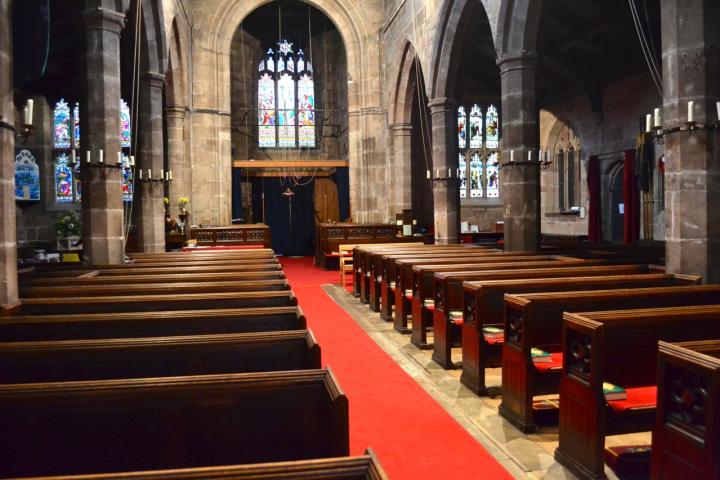
One of the great landmarks in Wilmslow will shortly undergo significant and urgent restoration works.
A programme of restoration and re-ordering is planned for St Bartholomew's Church which is an important part of the heritage of the town.
Plans include replacing the current floor with a new stone flagged floor incorporating under floor heating in order to heat and maintain the building more effective. The lighting, wiring and sound systems in the building, which are in need of attention, will be completely renewed and in order to enable the church to host more events they are planning to introduce a new nave platform.
As part of the works the pews will be need to be removed, some of which will be used in the Jesus Chapel and the pew ends will be reused for new furniture. The pews will be replaced with stackable benches - a sample similar to the ones which will be used is currently in the church for people to view and sit on.
Rev Paul Smith explained "The large wooden section of the church floor, to which the pews are attached, is sinking because the wooden joints underneath are rotting. Because the pews are attached to the wooden sections of the floor and because most of them exist in large and complex units they inevitably have to be dismantled and removed from the premises in order to repair the floor.
"The Victorian Society agreed that it was unrealistic to return the majority of them, but was pleased that we are retaining some of the pews. They commented that, "The choice of replacement benches designed by Luke Hughes is a worthy and appropriate one."
He added "The aim of all of this is to care for and maintain the important heritage of the building, but at the same time to make the building as comfortable and flexible as possible for use in the 21st century so that the community can use and enjoy it as much as possible.
"If a building like this is to have a future it has got to change, no change ever is not viable, not sustainable. What we do though will be done with the greatest care and sensitivity to the building."
There will be no changes to the external appearance of the building so planning permission was not required from Cheshire East Council. The church did need to obtain a faculty, which is a permissive right to undertake works to the church, from The Church of England's system of planning control. They received the faculty towards the end of last year.
The project has been ongoing since 2009 and the process has been undertaken in consultation with the Diocesan Advisory Committee, the Church Building Council, English Heritage, the Victorian Society, The Society for the Protection of Ancient Buildings, the Ancient Monument Society and the Conservation Department at Cheshire East Council.
Rev Paul Smith said "We have consulted with user groups such as the schools and concert organisers that use the premises regularly. Planning notices have been displayed for six weeks, a public notice placed in the Wilmslow Express and plans available for viewing in church and at the Rectory since August."
Some local residents are concerned about the proposed works though, including a local archaeologist who has carried out works at St Bartholomew's for a number of years.
Dr. Birgitta Hoffmann, from the School of Archaeology, Classics and Egyptology at the University of Liverpool and Wilmslow Community Archaeology, is not against the reordering but concerned that the work is going to impact some graves.
Dr. Hoffmann told wilmslow.co.uk "The plans assume that there is next to no archaeology in the top thirty to forty centimeters underneath the floor, which will be removed during the reordering. The work that we did in the last five years in the church, showed that there are substantial archaeological remains at varying depth in the church, and the presumption that the top thirty centimeters are empty is over optimistic.
"I am worried that any building plans that assume this, will become very expensive, when they encounter the older floors under the church as well as the remains of the old graves."
She added "The Diocesan Advisory Committee was told that there would be no archaeological impact with their plans and that the surviving ledger stones (flat gravestones with inscriptions) are not representing graves. Some of these ledger stones will be preserved, but the space set aside for them, is not large enough for all the stones.
"In the 20th century some of the more important and oldest ledger stones of Wilmslow (which has some of the oldest in Cheshire) were brought into the church to preserve them from further deterioration, but these are mostly in the Prescott Chapel.
"I do not know, where the idea comes from that the ledger stones in the nave are not associated with graves as I have told the PCC and the wider community in Wilmslow on numerous occasions, in writing and in public lectures that it is likely that the ledger stones are sitting still on top of the graves of the families they refer to, especially so in the back of the church and in the central aisles.
"These graves represent the old families of Wilmslow, some of which still have descendants living in the town. The names also represent some of the old rectors of Wilmslow.
"The most noteworthy grave affected is the grave of Samuel Greg and his family. This is the founder of Quarry Bank Mill, who chose to be interred in the church, with his wife and numerous of his children and descendants. The old records indicate that their grave was in the centre of the nave, where the ledger stone is now located."
Rev Paul Smith agreed that it is possible they may encounter some human remains but said they do not know this for sure.
He explained "In working on the floor of such an ancient building we are always aware of the possibility of encountering burials or human remains. All appropriate precautions have been taken to prepare for this. There is an archaeological method statement in place and an archaeologist on hand to advise.
"All such situations will be handled with great sensitivity and in accordance with the best practice guidelines drawn up between the Church of England and English Heritage."
The architect for the project is from Butress, Fuller, Alsop, Williams in Manchester and is architect to three of the great medieval cathedrals in England.
They are currently in the process of drawing up tender documents which will then go out to specialist contractors. Work will not commence until after Easter and is expected to take three to four months. In the meantime church services will take place in the Parish Hall and weddings will be held at St Anne's Church or St Philips and St James in Alderley Edge.
The church plans are available to view at the Prescott Chapel, alternatively people can contact Rev Paul Smith to arrange to view the plans at the Rectory.
Rev Paul Smith added "I would be very happy to discuss these plans with any members of the the parish and hope that the community will be supportive of our efforts to secure the future of this wonderful building."
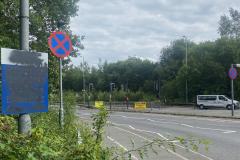


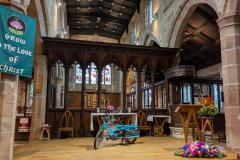


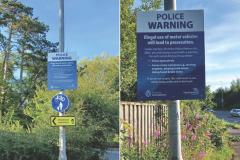

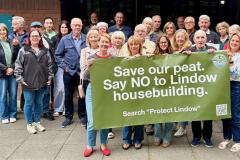

Comments
Here's what readers have had to say so far. Why not add your thoughts below.
Any views surrounding the restoration are irrelevant. Fact: the work is essential or we will lose this beautiful working church altogether; a huge part of our town's heritage and a special place for many people.
In my mind, not to better its facilities while this is being undertaken would be a hugely wasted opportunity. . . improved heating is especially needed; but the lighting and sound systems also need attention to help fully accommodate the groups that regularly use the building.
We live in a 'modern world'. The church has seen two major phases of this kind before; no doubt providing challenges then, as indeed now. We can only trust, and I have full belief, that all necessary archaeological consideration and care is in place for any obstacles along the way to ensure the church's history is preserved to its upmost.
I apologise if you found my words to be lacking humility.
Of course everyone's views around the re-ordering of our church are important - I was simply trying to stress that the actual restoration itself (ie stopping the floor from sinking) is an absolute must.
I am deeply saddened to read of any ludicrous implication about the 'desecration' of graves or any lack of respect for the dead.
I had never been involved with the Christian faith until I turned to the leaders of St Barts some 2 years ago, and it is precisely the modern and inspirational approach headed up by Rev Smith that attracts new blood in to the congregation, keeping not only the church alive for generations to come, but also the faith and living community. I see these renovations as very much in keeping with the style of leadership, keeping the church relevant, accessible, comfortable and appealing to the many different people who enjoy it.
I, for one, trust and have faith in what Rev Paul Smith is going to achieve here, and I cannot wait to experience services in a building which offers scope for new ways of communicating and experiencing God's presence.
The sooner the better! Thank you Paul and the team!
The comments from those apparently supporting the proposals do not show any detailed knowledge of the church building or of the proposals. I have asked for information from the church about the proposals for dealing with the burials within the church and have received no reply.
What are the proposals for dealing with such matters as the lack of foundations to the building? This is surely a more basic issue than rearranging bits of the interior.
I note with interest the comments about heating. I can say without any doubt that St Bartholomew's is by far the warmest church I have ever been in. The heating may need regular maintenance like any other system but there is nothing wrong with its efficiency.
It is of course reasonable to argue that the St Bart's community (and it is a community decision) could found alternative solutions. It's a difficult set of decisions to make, managing the needs of the building with the needs of its users. However to suggest that the plans have been drawn up without painstaking attention to the critical issues outlined above is a misunderstanding of a long and thorough process.
I expect old churches to be cold.
Old churches are old buildings with poor insulation & heated on infrequent occasions.
Everytime I visit an old church outside summer I notice the cold.
Old churches cannot be heated.
Insulate first before you heat.
You cannot insulate; you cannot heat succesfully.
Your stuck like our last dozen generagtions with a cold church in winter; and a plensantly cool church in summer.
Best luck with the floor, my love to Flo & John. x